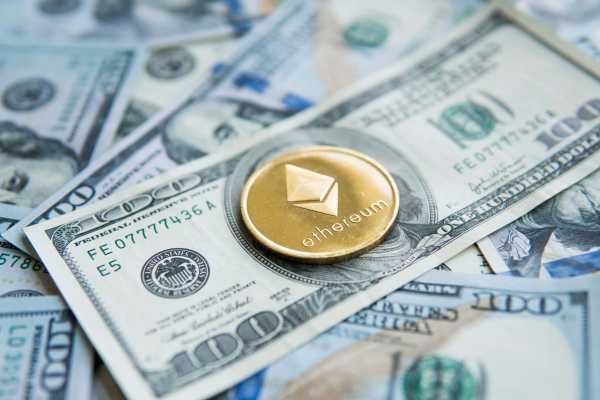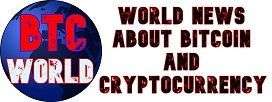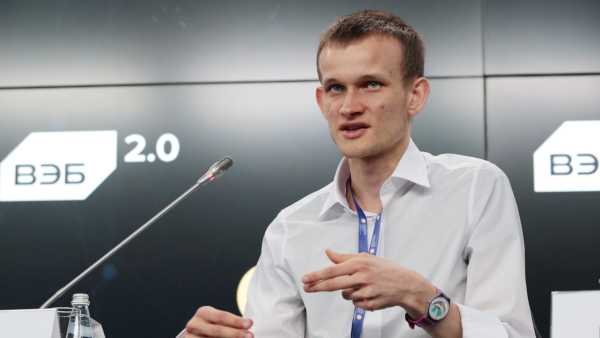Real World Assets: Market reaches record high of 26.5 billion

- The market for tokenized real-world assets (RWA) has grown by 70 percent since the beginning of the year, reaching a new all-time high of $26.5 billion. Despite this record value, the segment currently represents only a fraction of the overall TradFi market, with most projects focusing on private loans, government bonds, commodities, equities, and alternative funds.
- Analysts at Animoca Brands emphasize in a new report that the addressable market of around $400 trillion in the traditional financial system opens up enormous growth potential for tokenization.
- Ethereum dominates RWA tokenization with a market share of 55 percent. When including Layer 2 networks such as Polygon, Arbitrum, and ZKsync, the share rises to 76 percent.
- Experts attribute Ethereum's leadership to its security, high liquidity, and broad DeFi ecosystem, which is preferred for tokenization projects.
- Stablecoins are increasingly becoming the central settlement layer for RWAs, led by Circle (USDC) and Tether (USDT), which use their own Layer 1 platforms as infrastructure for institutional flows. Partnerships between stablecoin issuers and companies such as Corpay, Fiserv, and Binance are accelerating the integration of real-world assets into the blockchain.
- In addition to Ethereum, networks such as Stellar, Injective and Keeta are also seeing growth, indicating a growing multichain ecosystem.
- Tokenization describes the process by which real assets such as bonds, real estate, commodities, or stocks are converted into digital tokens on a blockchain. This makes them tradable around the clock, can be divided into smaller units, and can be transferred globally more easily and cheaply.
Recommended Video: How Much Do Berliners Know About Bitcoin? (2025) | Street Survey

source
- Tokenization Report | Source: Animoca Brands



